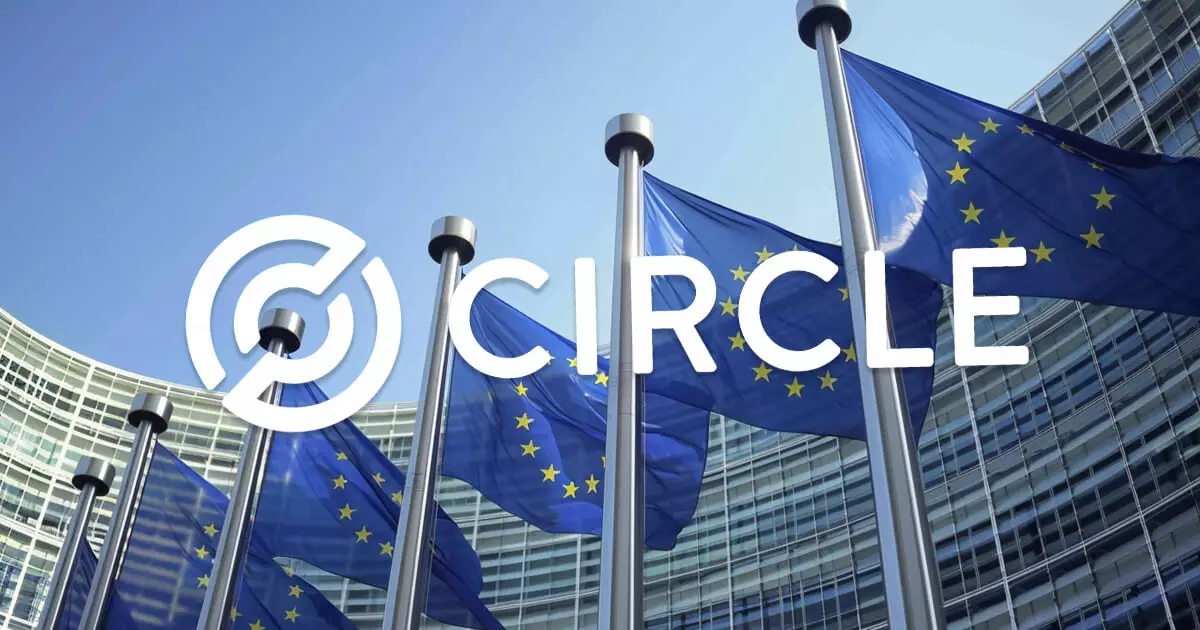Circle, a prominent player in the cryptocurrency industry, recently made headlines by securing an e-money license from France. This move positions Circle as the first global stablecoin issuer to adhere to the EU’s Markets in Crypto-Assets (MiCA) regulations. By obtaining this license from France’s financial regulatory body, the Autorité de Contrôle Prudentiel et de Résolution (ACPR), Circle is now authorized to issue its stablecoins USDC and Euro Coin (EURC) within the European Union under the new regulatory framework.
Acknowledging this significant achievement, Circle’s co-founder and CEO, Jeremy Allaire, emphasized the importance of MiCA compliance for the company. Allaire stated, “Achieving MiCA compliance is a monumental step for Circle as we continue to build robust and regulated infrastructure for digital currencies. This milestone brings us closer to integrating digital currency into mainstream financial systems.” This statement underscores Circle’s commitment to operating within the legal framework set by the EU and ensuring transparency and accountability in its operations.
Stablecoins play a crucial role in the cryptocurrency market by offering investors a more stable alternative to volatile assets like Bitcoin. These cryptocurrencies are pegged to fiat currencies such as the US dollar, providing a level of stability that traditional cryptocurrencies lack. Additionally, stablecoins enable seamless transitions between fiat and digital assets, streamlining the investment process for users. The MiCA legislation represents a significant step towards creating a comprehensive regulatory framework for crypto operations in the EU, with a focus on safeguarding investors and preventing market manipulation.
While some of MiCA’s provisions have already come into effect, others relating to crypto asset service providers will be enforced by the end of December 2024. Companies operating in the cryptocurrency space will have until July 2026 to ensure full compliance with these regulations. Notably, the stablecoin rules introduced by MiCA last week impose restrictions on the daily transaction volume of non-euro stablecoins, limiting them to a maximum of 1 million transactions or 200 million euros ($215.2 million). Circle’s new status as an electronic money institution registered in France enables it to offer its stablecoin services across the EU, thanks to MiCA’s “passporting” feature, which allows firms registered in one EU country to operate in others.
Established in 2018, Circle has made significant strides in the cryptocurrency market, particularly with its USDC stablecoin. The company’s USDC token has become the second-largest stablecoin globally, with a current circulation of $32.4 billion based on CryptoSlate data. This places USDC behind only Tether’s USDT, which boasts a circulation of $112.7 billion. Circle’s expansion into the EU market marks a strategic move that not only solidifies its position as a key player in the industry but also opens up new opportunities for growth and innovation in the digital currency space.


Leave a Reply